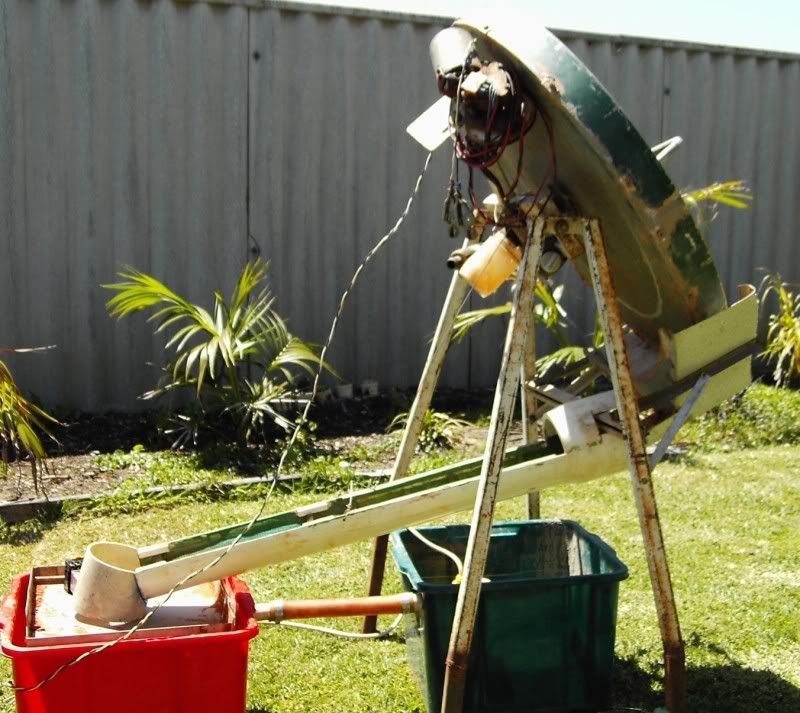- Joined
- Apr 7, 2015
- Messages
- 155
- Reaction score
- 109
The barrel i got is 14' and 1m long so should keep the material in long enough to wash it off and break it down if needed and have plenty of cogs around to gear it to the speed im comfortable that its actually doing just that but am unsure as to how i can get the wiper motor to spin in a continual direction as opposed to the back and forth of the wipers.cracka said:As warrior said, if the rocks come out clean then your doing something right, speed will depend on soil/gravel type. Eg more clay, slower speed to clean the clay off. Depends on the length of your barrel (the longer the barrel the more cleaning area and time spent in the spray area), and the angle the barrel is set at (steeper the angle the faster the rocks go through. All makes sense doesn't it?
Cracka.




